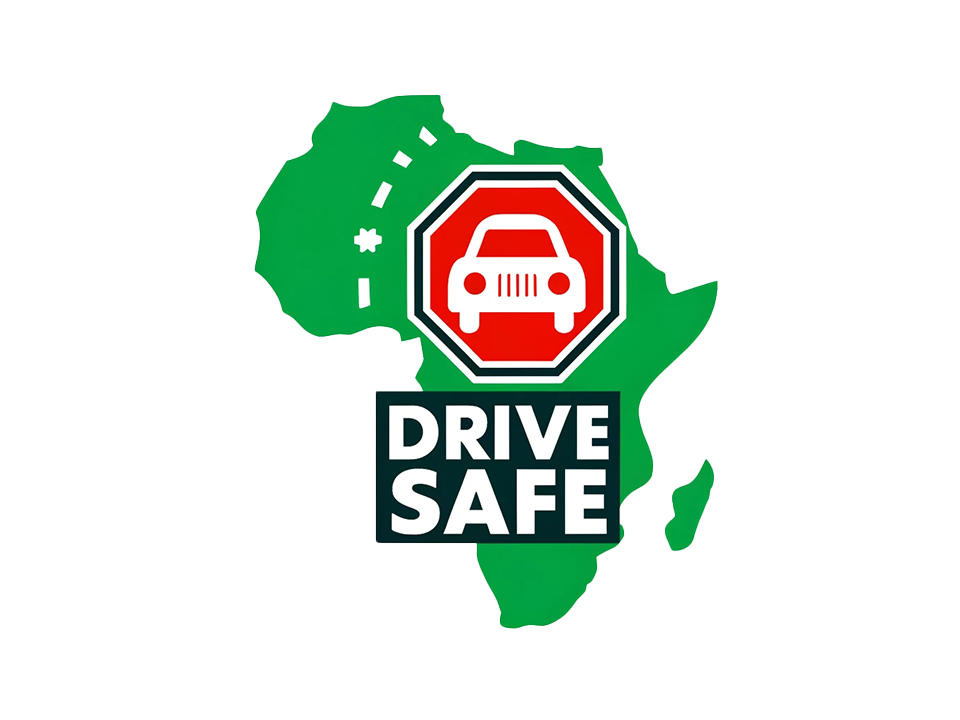Daily Vehicle Safety Checklist Africa: Essential Routine for Safe Driving
Whether you’re a ride-hailing driver in Lagos, a taxi operator in Nairobi, or simply driving your personal car through rural areas, vehicle safety checks are non-negotiable. African roads can present a wide variety of challenges—from congested city traffic to pothole-ridden rural routes—so being proactive about daily safety ensures a smoother drive and protects both you and your passengers. Here’s a comprehensive checklist to guide you every morning before you hit the road.
Quick Stat: According to the World Health Organization’s African Road Safety Report, Africa has the highest road traffic death rate globally. Regular vehicle checks can help reduce these statistics.
1. Examine Your Tires
- Tread & Pressure: Worn tires can be especially dangerous on roads prone to potholes, loose gravel, or rainy-season flooding. Ensure your tire treads are still sufficiently deep and check air pressure with a reliable gauge.
- Spare Tire: Verify that your spare tire is fully inflated and in good condition. Many African roads, especially rural ones, can increase the likelihood of punctures.
Pro Tip: Carry a portable tire inflator if possible. It can save you time and money if you run into trouble far from a service station. For more tips on tire care, check out Bridgestone’s Tire Maintenance Guide.
2. Check Fluids & Engine Components
- Engine Oil: Low or dirty oil can harm your engine, especially if you frequently drive in high-temperature areas. Make checking your oil level and color a daily habit.
- Coolant & Radiator: Overheating is common in hotter climates, and a quick look at your coolant level can help prevent breakdowns.
- Brake Fluid: Driving on hilly or uneven terrain puts extra stress on your brakes, so ensure fluid levels are adequate and top up when needed.
Pro Tip: Keep a small funnel, gloves, and extra fluids (oil, coolant) in your boot for quick top-ups. For more detailed advice, visit Cars.com’s Car Maintenance 101.
3. Test Lights & Indicators
- Headlights, Taillights, and Brake Lights: Visibility is crucial, especially on poorly lit roads at night. Make sure all bulbs are functioning, and clean any dirt or dust off the lenses.
- Indicators & Hazard Lights: Flick them on to confirm that all turn signals and emergency lights are working.
Pro Tip: In many African cities, clear signaling can be the difference between a safe lane change and an accident—particularly if other drivers don’t always follow traffic rules diligently. For guidance on proper signaling and general rules, check your country’s official road safety authority (e.g., Kenya’s NTSA or South Africa’s RTMC).
4. Inspect Your Brakes
- Listen for Unusual Sounds: Squeaking, grinding, or rattling noises can be a sign of worn-out brake pads or discs.
- Feel for Softness or Vibrations: If the brake pedal feels spongy or the steering wheel vibrates when braking, it’s time for a check-up at your local mechanic.
Pro Tip: Remember that steep terrain, crowded streets, and abrupt stops for pedestrians or livestock are common in Africa. Healthy brakes are essential. Check out YourMechanic’s Brake Guide for more specifics on brake maintenance.
5. Clean Your Windshield & Mirrors
- Clear Visibility: Whether you’re dealing with dust in the Sahel or morning fog in high-altitude cities, keep your windshield clean. Refill your wiper fluid if needed.
- Side & Rear Mirrors: Wipe away dust or water spots to ensure a 360-degree view of your surroundings.
Pro Tip: A microfiber cloth is handy for quick touch-ups during the day, especially if you park in dusty or muddy areas. Check out Rain-X’s Visibility Tips for additional advice on keeping your windshield clear.
6. Verify Seatbelts & Seats
- Functional Seatbelts: In many African countries, seatbelt laws are strictly enforced in urban areas—and for good reason. Check for any tears or malfunctions.
- Seat Position: Ensure the driver’s seat is adjusted for optimal comfort and visibility. Proper posture helps reduce fatigue on long drives.
Pro Tip: Encourage passengers (especially if you’re in ride-hailing or taxi services) to always wear seatbelts. The Global Road Safety Partnership offers more insights on why seatbelt use is critical.
7. Organize Important Documents
- Licenses & Permits: Double-check you have your valid driver’s license, vehicle registration, and insurance documents. These are crucial at police or traffic checkpoints.
- Emergency Contacts: Keep a list of important numbers (emergency services, towing companies, etc.) in your glove box or phone.
Pro Tip: An organized document folder ensures quick retrieval if you’re stopped by officials or need assistance. For official resources on road safety regulations, visit your nation’s department of transport (e.g., Ghana’s DVLA).
8. Prepare for the Unexpected
- Emergency Kit: Stock essential tools like a first aid kit, reflective triangle, flashlight, jumper cables, and a tire jack.
- Communication: Ensure your phone is fully charged and consider carrying a power bank, as roadside assistance isn’t always immediate.
Pro Tip: If you drive across longer, rural routes, add bottled water and snacks. Breakdowns in remote areas can be time-consuming to resolve. Learn more about preparing for roadside emergencies at the AA (Automobile Association) website.
Why This Matters
A daily safety check might seem time-consuming, but a few minutes each morning can save you hours of frustration or costly repairs down the line. In cities like Johannesburg or Accra—where traffic congestion is the norm—preventive steps can help you avoid dangerous breakdowns. And in rural areas, you’re often far from mechanical support, making self-reliance critical.
Further Reading: For broader African road safety statistics, download the Africa Road Safety Action Plan from the African Development Bank.

Leave a Reply